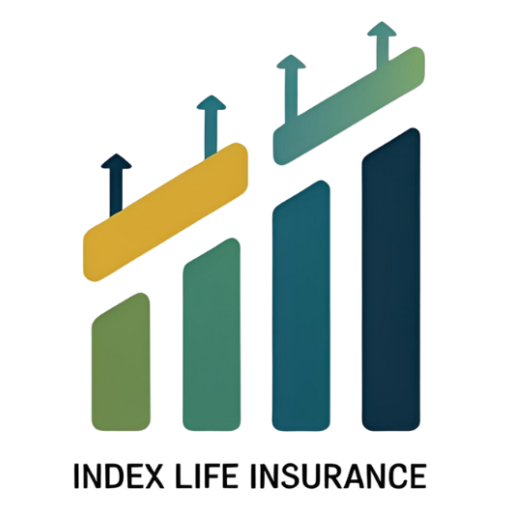For most policyholders, the word “premium hike” triggers concern—especially if you’ve budgeted carefully around a fixed payment. But not all premium increases are created equal, and in the world of life insurance, especially Index Universal Life (IUL), the dynamics can be more nuanced than they first appear.
This article unpacks what causes a premium hike, how it can affect different types of policies, what to expect with IULs, and how you can proactively manage your policy to minimize the financial impact.
What Is a Premium Hike?
A premium hike refers to an increase in the cost of maintaining your insurance policy. This can occur in health, auto, property, or life insurance policies, and may be driven by risk reassessments, policy design, or external economic factors.
In permanent life insurance—like IULs—a premium hike may not always mean a higher mandatory payment, but it can reflect increased internal charges or revised funding expectations to keep the policy viable.
Why Do Insurance Premiums Increase?
There are several reasons insurers may raise premiums:
- 📊 Medical Inflation: In health or long-term care insurance, rising healthcare costs drive up claims, triggering premium hikes.
- 🔄 Annual Policy Review: Some life policies are non-guaranteed and adjust based on age or risk profile.
- 📉 Underperformance of Investments: In IULs, poor index returns may require higher premiums to sustain coverage.
- 🧓 Aging: As you grow older, your mortality risk increases, impacting cost of insurance (COI).
- 📈 Administrative Cost Adjustments: Companies may revise fees due to changing operating expenses or regulatory pressures.
Premium Hikes in Index Universal Life (IUL) Insurance
Unlike term life insurance, IULs are flexible-premium policies. That means you have control over how much and how often you contribute—as long as the policy is properly funded. However, there’s a catch: Cost of Insurance (COI) and policy fees increase over time.
Here’s how a premium hike typically plays out in an IUL:
- 📅 Policy Years 1–10: Premiums may be relatively low if overfunded upfront.
- 📈 Years 11+: If market performance lags or you underfunded, COI charges rise and you may need to pay more to avoid a lapse.
- 📉 Low Credit Interest: If the index earns below projections, your cash value may not grow as expected, requiring catch-up premiums.
The increase may not be a “bill” you receive but a required adjustment to keep the policy in force and avoid triggering a lapse or policy loan interest spiral.
Guaranteed vs. Non-Guaranteed Premiums
Insurance policies generally fall into two pricing models:
- Guaranteed Level Premium: The premium stays the same throughout the life of the policy. Common in term and whole life insurance.
- Non-Guaranteed or Flexible Premium: Found in universal life and IUL policies—premiums can vary based on funding levels, charges, and performance.
Many policyholders are surprised to learn that their “fixed” payment isn’t truly fixed in a non-guaranteed product. That’s why annual reviews and realistic illustrations are essential.
Real-Life Example of a Premium Hike
Maria, age 45, bought an IUL policy with a $500,000 death benefit. She started by contributing $3,000 per year—enough to keep the policy active during the early years. But after a decade of low index performance and rising COI, her insurer notifies her that she needs to contribute $5,800 annually to avoid depleting the cash value and lapsing the policy by age 70.
Maria didn’t do anything wrong—she simply underestimated the premium flexibility and the compounding effect of internal costs. Her only options now are to increase contributions, reduce the death benefit, or restructure the policy.
How to Avoid or Mitigate Premium Hikes
While some premium hikes are unavoidable, smart planning can help minimize their impact:
- ✅ Overfund Early: The more cash you put in during the early years, the more buffer you build.
- ✅ Monitor Policy Performance: Request annual reviews and updated projections from your insurer or advisor.
- ✅ Adjust the Death Benefit: Lowering the face amount can reduce future COI increases.
- ✅ Reallocate Index Strategies: Some IULs allow you to shift allocations to more stable options if performance falters.
- ✅ Maintain Healthy Habits: If your policy allows re-underwriting, improved health could lower your COI class.
What to Do If You Receive a Premium Hike Notice
If your insurer informs you of a premium increase or required additional funding, take the following steps:
- Request a Current In-Force Illustration: This document shows where your policy stands and your future options.
- Speak With a Licensed Advisor: Don’t make changes without professional guidance—your tax exposure and long-term goals may be affected.
- Explore Restructuring: You may be able to reduce the death benefit, use accumulated cash to pay premiums, or shift strategies.
Tax Implications of Premium Hikes
Increasing premiums in IULs can also lead to a Modified Endowment Contract (MEC) if overfunded beyond IRS limits. MEC status removes tax-free loan advantages and may trigger income tax and penalties on withdrawals.
This is why premium adjustments must be carefully managed—not just financially, but also from a tax planning perspective.
Premium Hikes Aren’t Always Bad
A premium hike can feel like a red flag—but it’s often a sign that your policy needs attention, not abandonment. With flexible products like IUL, rising costs are part of the design—and with proper strategy, they can be anticipated and managed without losing control or surrendering your plan.
Use premium adjustments as opportunities to revisit your financial strategy, optimize funding, and ensure your insurance continues to serve your evolving goals. With the right approach, a hike today can lead to stronger guarantees tomorrow.

